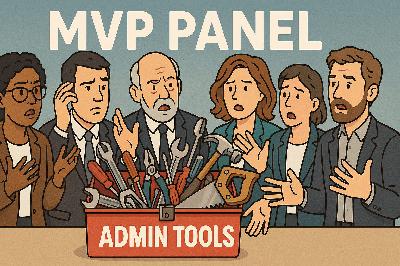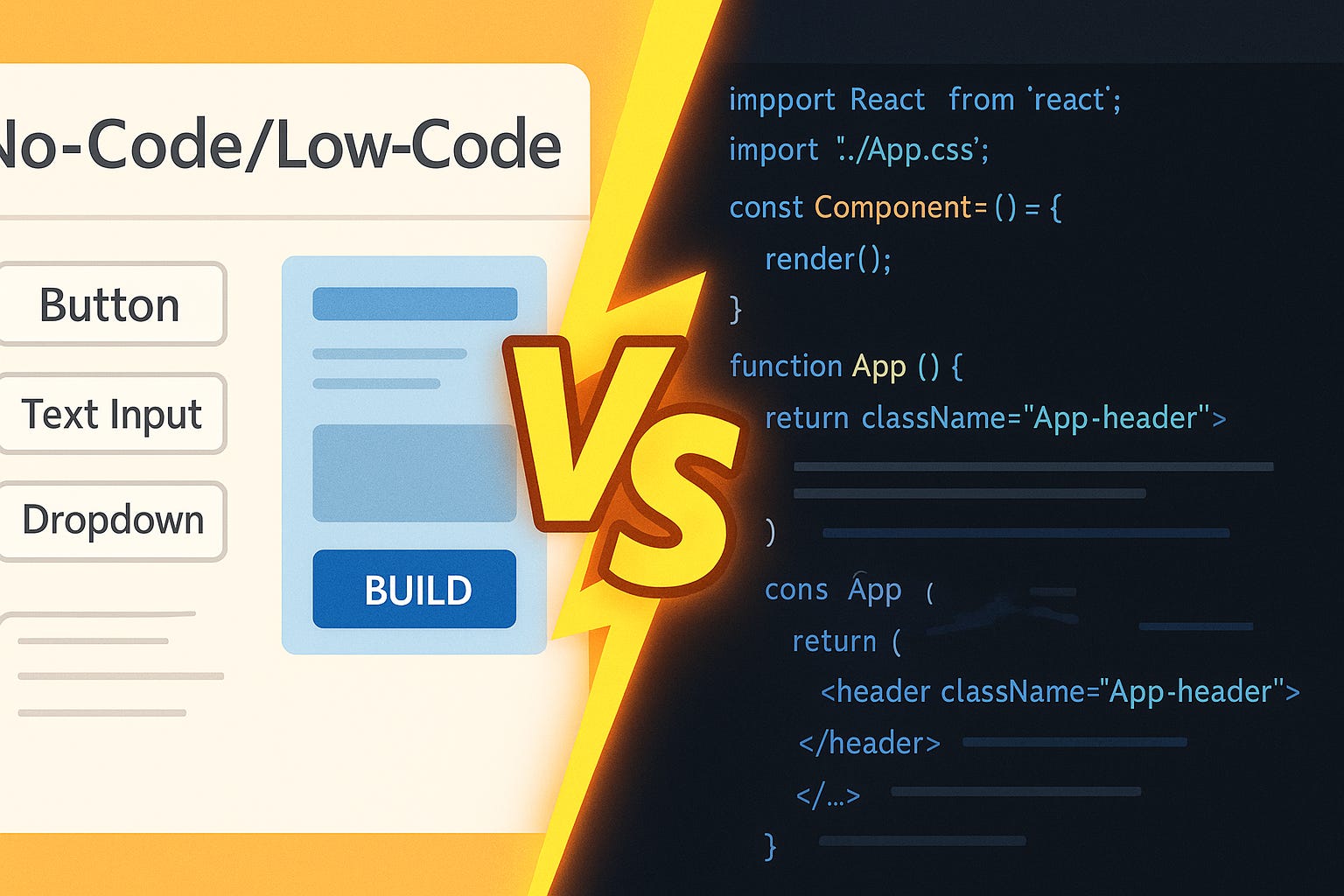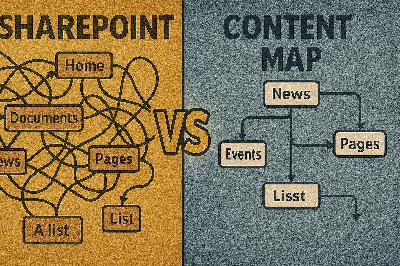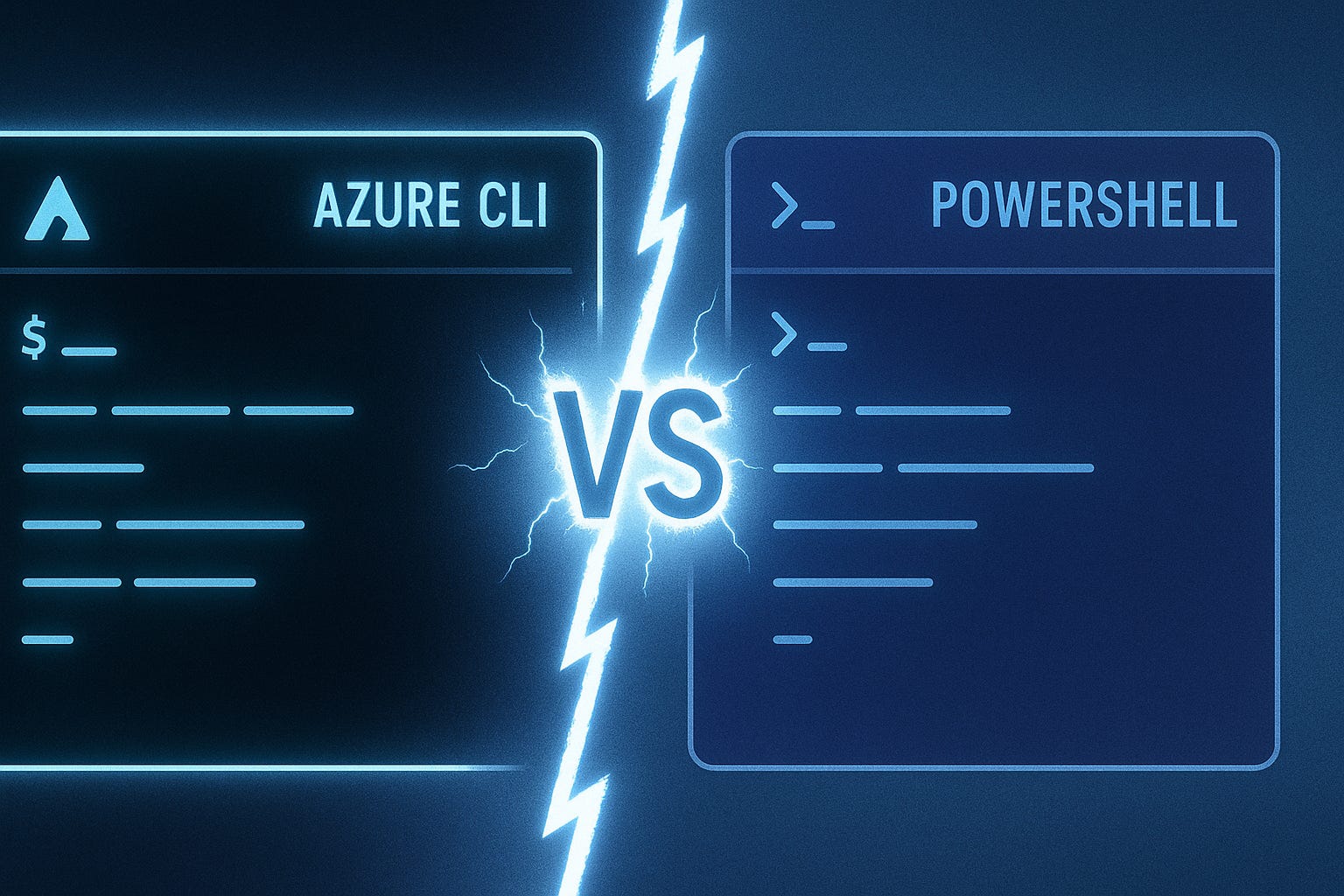The Cloud Promise Is Broken
Description
You’ve probably heard the promise: move to the cloud and you’ll get speed, savings, and security in one neat package. But here’s the truth—many organizations don’t see all those benefits at the same time. Why? Because the cloud isn’t a destination. It’s a moving target. Services change, pricing shifts, and new features roll out faster than teams can adapt. In this podcast, I’ll explain why the setup phase so often stalls, where responsibility breaks down, and the specific targets you can set this quarter to change that. First: where teams get stuck.
Why Cloud Migrations Never Really End
When teams finally get workloads running in the cloud, there’s often a sense of relief—like the hard part is behind them. But that perception rarely holds for long. What feels like a completed move often turns out to be more of a starting point, because cloud migrations don’t actually end. They continue to evolve the moment you think you’ve reached the finish line. This is where expectations collide with reality. Cloud marketing often emphasizes immediate wins like lower costs, easy scalability, and faster delivery. The message can make it sound like just getting workloads into Azure is the goal. But in practice, reaching that milestone is only the beginning. Instead of a stable new state, organizations usually encounter a stream of adjustments: reconfiguring services, updating budgets, and fixing issues that only appear once real workloads start running. So why does that finish line keep evaporating? Because the platform itself never stops changing. I’ve seen it happen firsthand. A company completes its migration, the project gets celebrated, and everything seems stable for a short while. Then costs begin climbing in unexpected ways. Security settings don’t align across departments. Teams start spinning up resources outside of governance. And suddenly “migration complete” has shifted into nonstop firefighting. It’s not that the migration failed—it’s that the assumption of closure was misplaced. Part of the challenge is the pace of platform change. Azure evolves frequently, introducing new services, retiring old ones, and updating compliance tools. Those changes can absolutely be an advantage if your teams adapt quickly, but they also guarantee that today’s design can look outdated tomorrow. Every release reopens questions about architecture, cost, and whether your compliance posture is still solid. The bigger issue isn’t Azure itself—it’s mindset. Treating migration as a project with an end date creates false expectations. Projects suggest closure. Cloud platforms don’t really work that way. They behave more like living ecosystems, constantly mutating around whatever you’ve deployed inside them. If all the planning energy goes into “getting to done,” the reality of ongoing change turns into disruption instead of continuous progress. And when organizations treat migration as finished, the default response to problems becomes reactive. Think about costs. Overspending usually gets noticed when the monthly bill shows a surprise spike. Leaders respond by freezing spending and restricting activity, which slows down innovation. Security works the same way—gaps get discovered only during an audit, and fixes become rushed patch jobs under pressure. This reactive loop doesn’t just drain resources—it turns the cloud into an ongoing series of headaches instead of a platform for growth. So the critical shift is in how progress gets measured. If you accept that migration never really ends, the question changes from “are we done?” to “how quickly can we adapt?” Success stops being about crossing a finish line and becomes about resilience—making adjustments confidently, learning from monitoring data, and folding updates into normal operations instead of treating them like interruptions. That mindset shift changes how the whole platform feels. Scaling a service isn’t an emergency; it’s an expected rhythm. Cost corrections aren’t punishments; they’re optimization. Compliance updates stop feeling like burdens and become routine. In other words, the cloud doesn’t stop moving—but with the right approach, you move with it instead of against it. Here’s the takeaway: the idea that “done” doesn’t exist isn’t bad news. It’s the foundation for continuous improvement. The teams that get the most out of Azure aren’t the ones who declare victory when workloads land; they’re the ones who embed ongoing adjustments into their posture from the start. And that leads directly to the next challenge. If the cloud never finishes, how do you make use of the information it constantly generates? All that monitoring data, all those dashboards and alerts—what do you actually do with them?
The Data Trap: When Collection Becomes Busywork
And that brings us to a different kind of problem: the trap of collecting data just for the sake of it. Dashboards often look impressive, loaded with metrics for performance, compliance, and costs. But the critical question isn’t how much data you gather—it’s whether anyone actually does something with it. Collecting metrics might satisfy a checklist, yet unless teams connect those numbers to real decisions, they’re simply maintaining an expensive habit. Guides on cloud adoption almost always recommend gathering everything you can—VM utilization, cross-region latency, security warnings, compliance gaps, and cost dashboards. Following that advice feels safe. Nobody questions the value of “measuring everything.” But once those pipelines fill with numbers, the cracks appear. Reports are produced, circulated, sometimes even discussed—and then nothing changes in the environment they describe. Frequently, teams generate polished weekly or monthly summaries filled with charts and percentages that appear to give insight. A finance lead acknowledges them, an operations manager nods, and then attention shifts to the next meeting. The cycle repeats, but workloads remain inefficient, compliance risks stay unresolved, and costs continue as before. The volume of data grows while impact lags behind. This creates an illusion of progress. A steady stream of dashboards can convince leadership that risks are contained and spending is under control—simply because activity looks like oversight. But monitoring by itself doesn’t equal improvement. Without clear ownership over interpreting the signals and making changes, the information drifts into background noise. Worse, leadership may assume interventions are already happening, when in reality, no action follows. Over time, the fatigue sets in. People stop digging into reports because they know those efforts rarely lead to meaningful outcomes. Dashboards turn into maintenance overhead rather than a tool for improvement. In that environment, opportunities for optimization go unnoticed. Teams may continue spinning up resources or ignoring configuration drift, while surface-level reporting gives the appearance of stability. Think of it like a fitness tracker that logs every step, heartbeat, and sleep cycle. The data is there, but if it doesn’t prompt a change in behavior, nothing improves. The same holds for cloud metrics: tracking alone isn’t the point—using what’s tracked to guide decisions is what matters. If you’re already monitoring, the key step is to connect at least one metric directly to a specific action. For example, choose a single measure this week and use it as the trigger for a clear adjustment. Here’s a practical pattern: if your Azure cost dashboard shows a virtual machine running at low utilization every night, schedule automation to shut it down outside business hours. Track the difference in spend over the course of a month. That move transforms passive monitoring into an actual savings mechanism. And importantly, it’s small enough to prove impact without waiting for a big initiative. That’s the reality cloud teams need to accept: the value of monitoring isn’t in the report itself, it’s in the decisions and outcomes it enables. The equation is simple—monitoring plus authority plus follow-through equals improvement. Without that full chain, reporting turns into background noise that consumes effort instead of creating agility. It’s not visibility that matters, but whether visibility leads to action. So the call to action is straightforward: if you’re producing dashboards today, tie one item to one decision this week. Prove value in motion instead of waiting for a sweeping plan. From there, momentum builds—because each quick win justifies investing time in the next. That’s how numbers shift from serving as reminders of missed opportunities to becoming levers for ongoing improvement. But here’s where another friction point emerges. Even in environments where data is abundant and the will to act exists, teams often hit walls. Reports highlight risks, costs, and gaps—but the people asked to fix them don’t always control the budgets, tools, or authority needed to act. And without that alignment, improvement slows to a halt. Which raises the real question: when the data points to a problem, who actually has the power to change it?
The Responsibility Mirage
That gap between visibility and action is what creates what I call the Responsibility Mirage. Just because a team is officially tagged as “owning” an area doesn’t mean they can actually influence outcomes. On paper, everything looks tidy—roles are assigned, dashboards are running, and reports are delivered. In practice, that ownership often breaks down the moment problems demand resources, budget, or access controls. Here’s how it typically plays out. Leadership declares, “Security belongs to the security team.” Sounds logical enough. But then a compliance alert pops up: a workload isn’t encrypted properly. The security group can see the issue, but they don’t control the budget to enable premium features, and they don’t always have the technical access to apply changes themselves. What happens? They make a s























